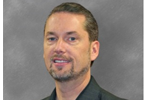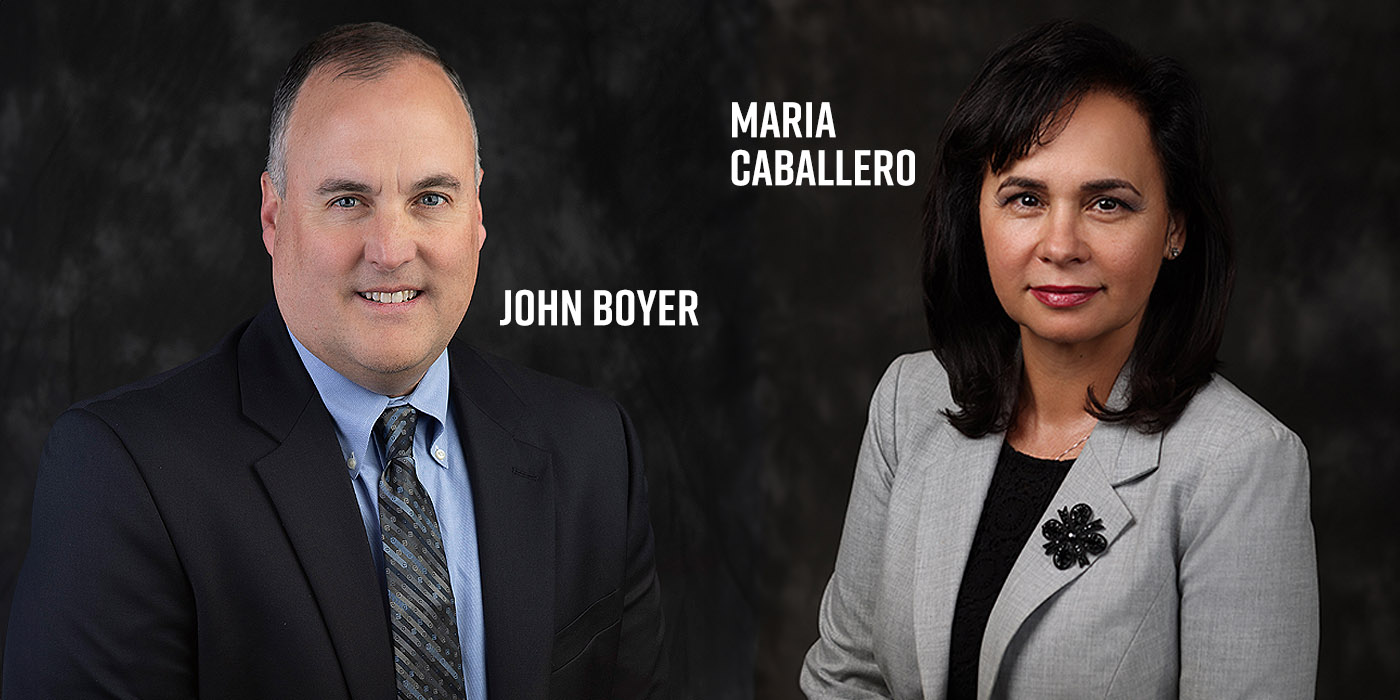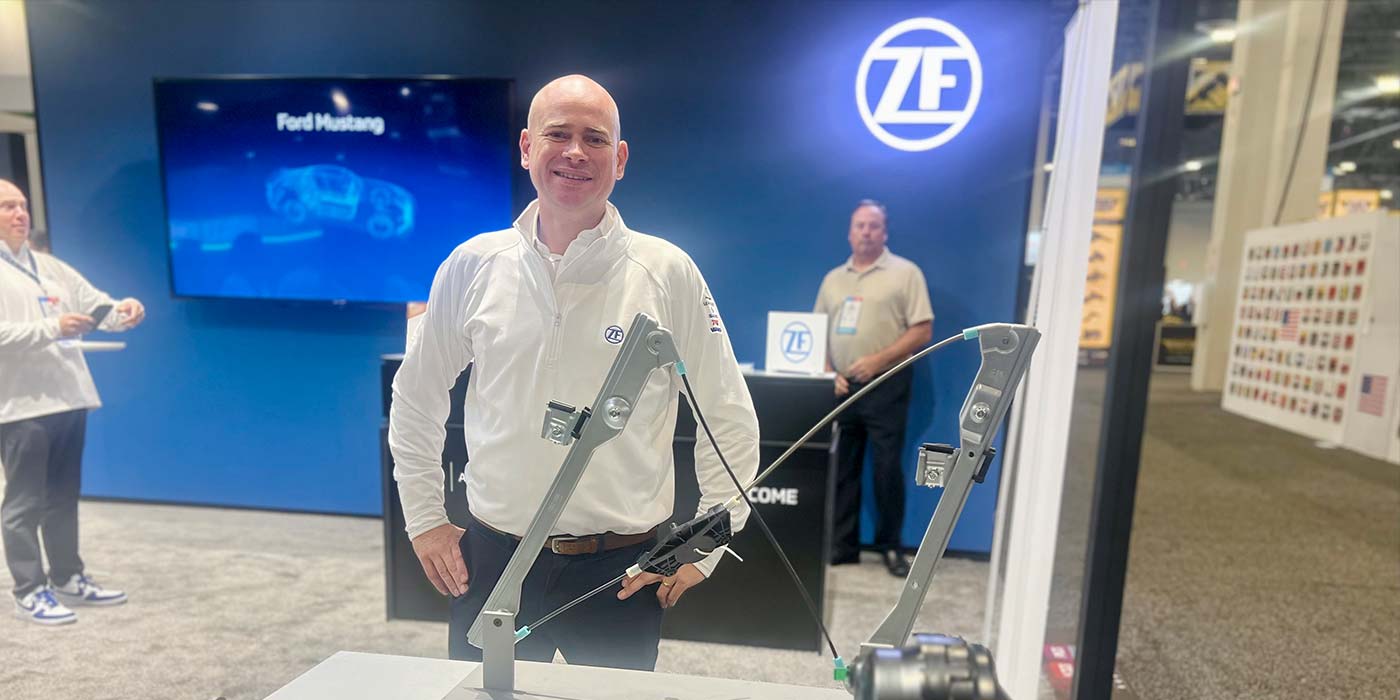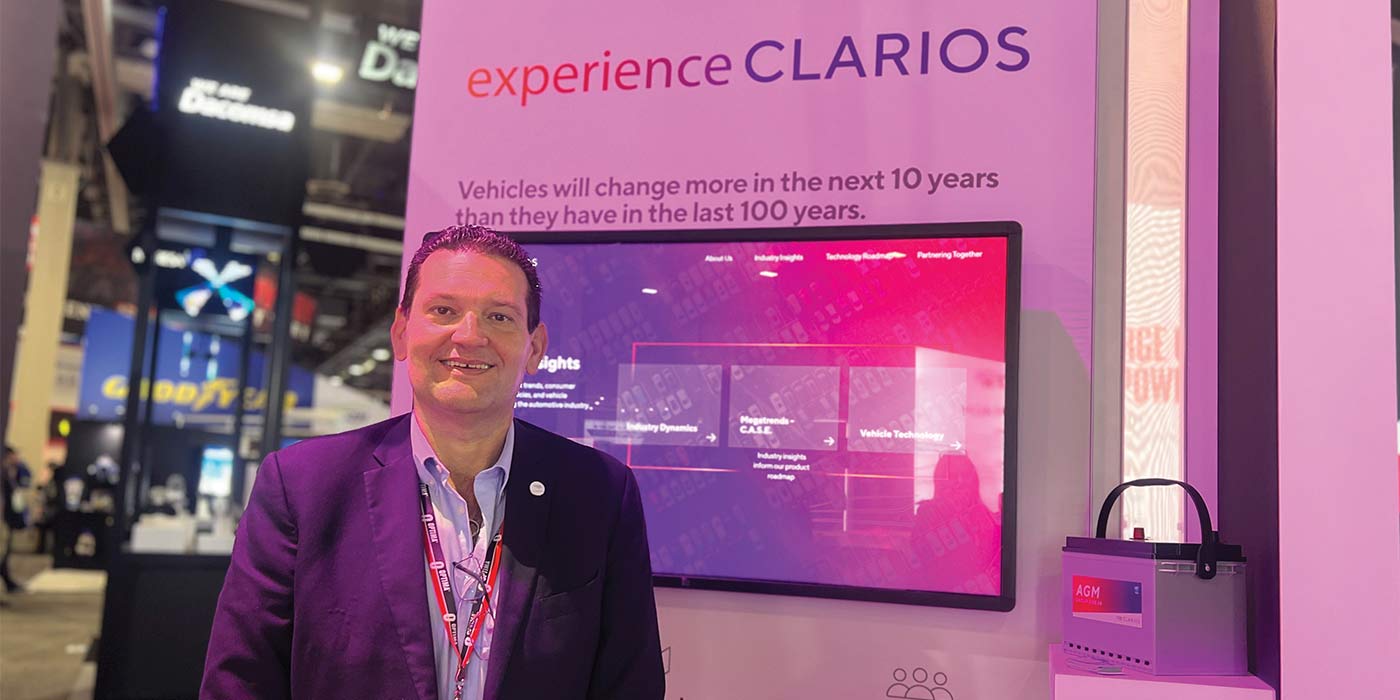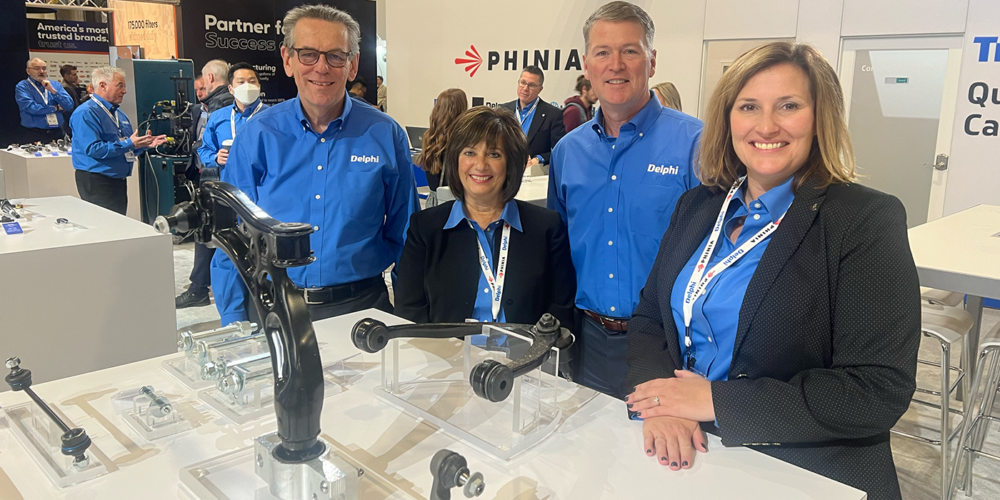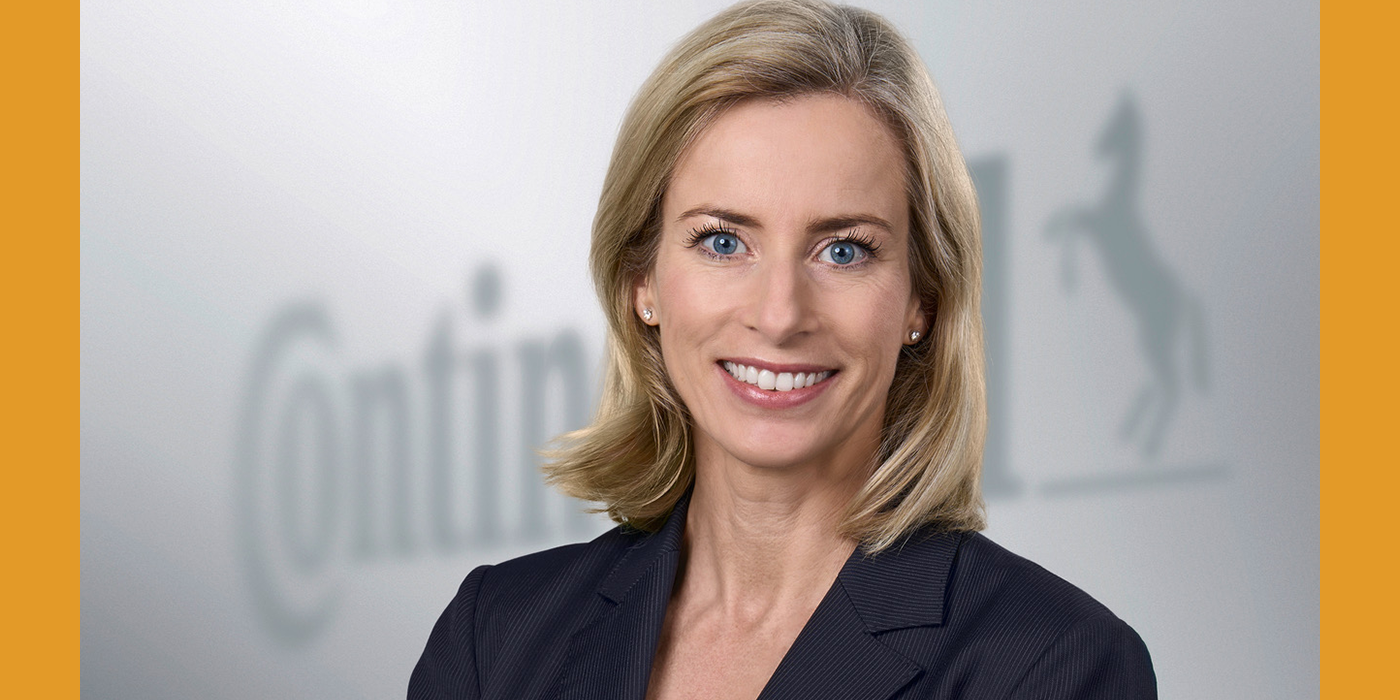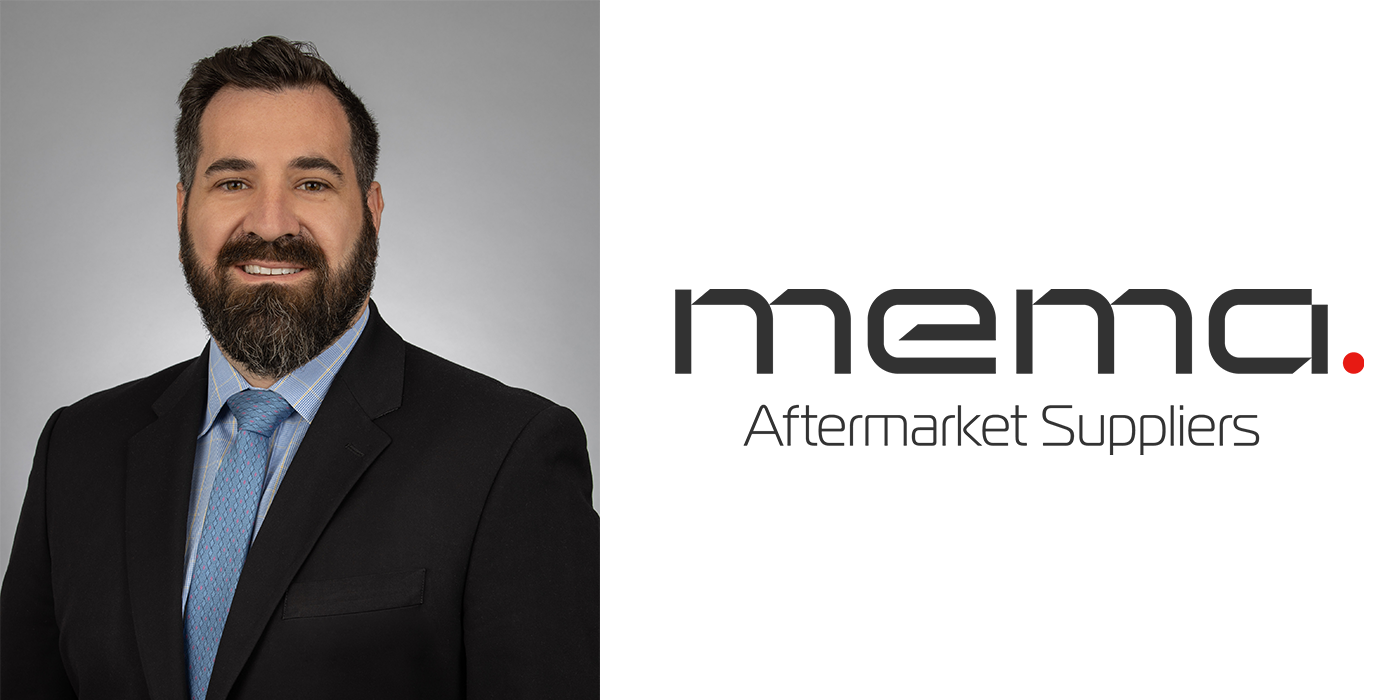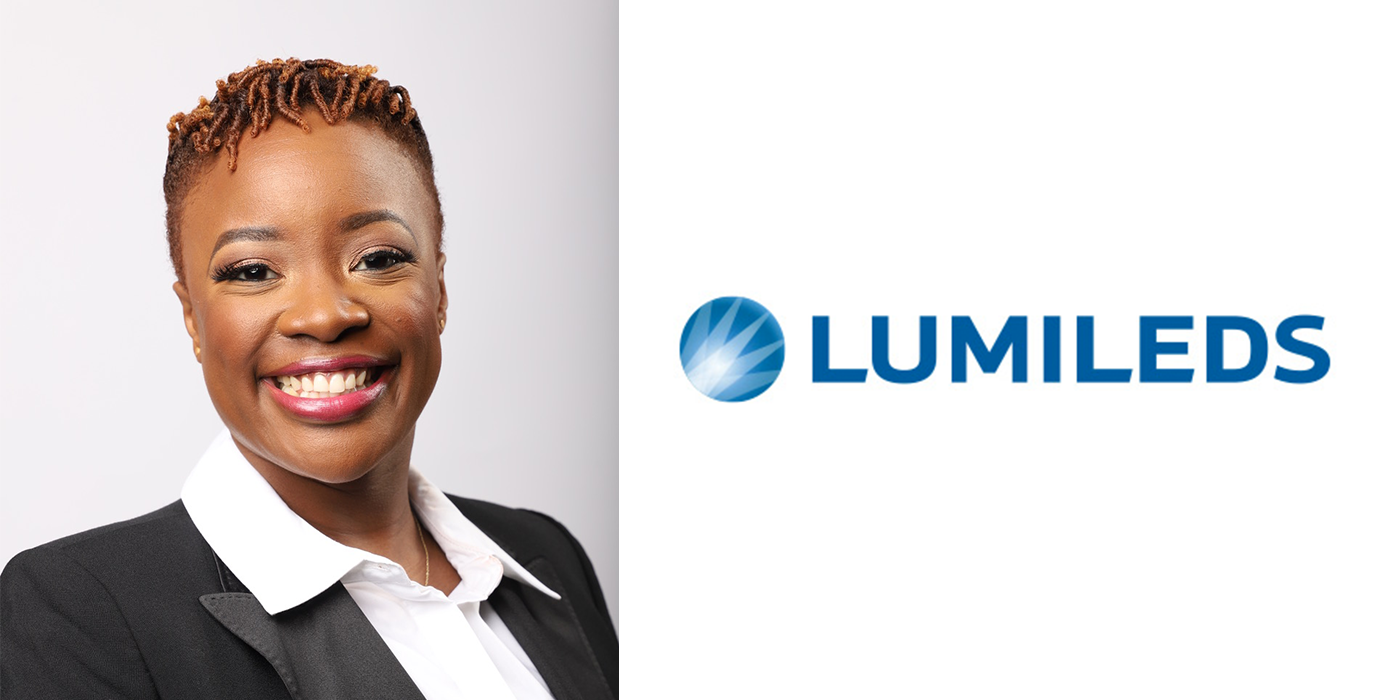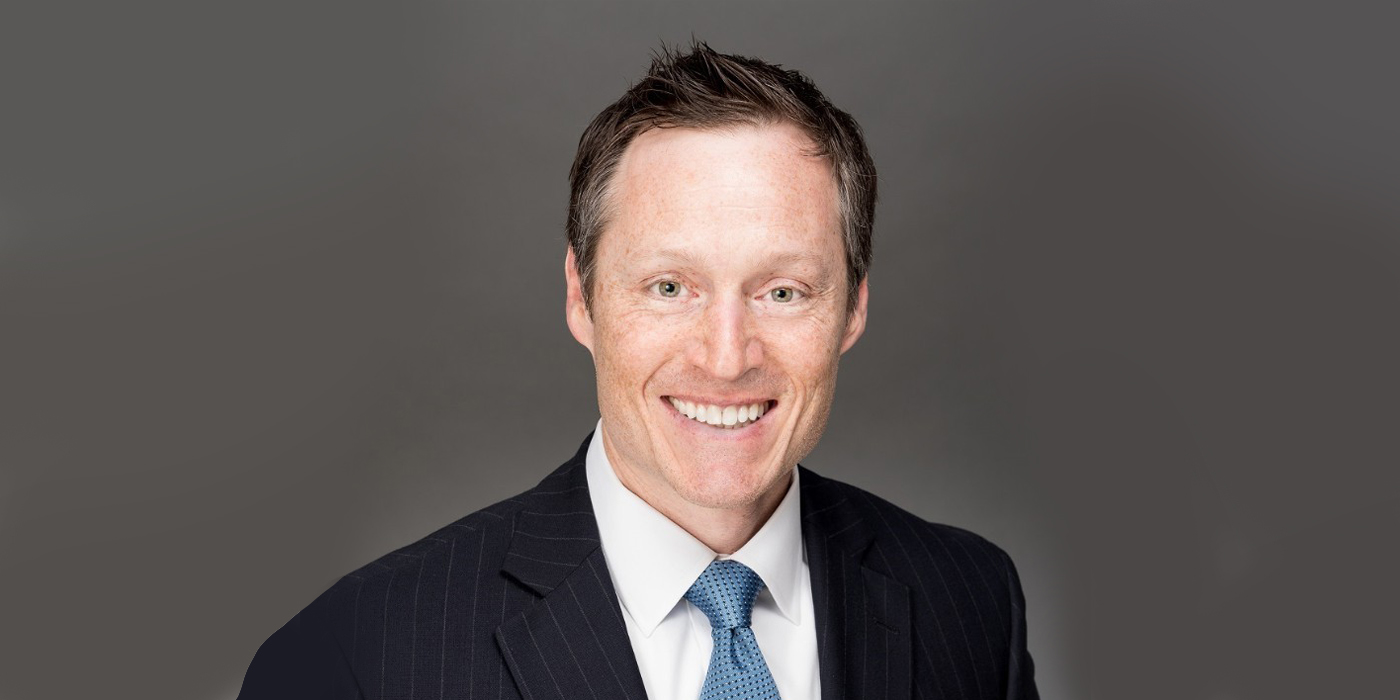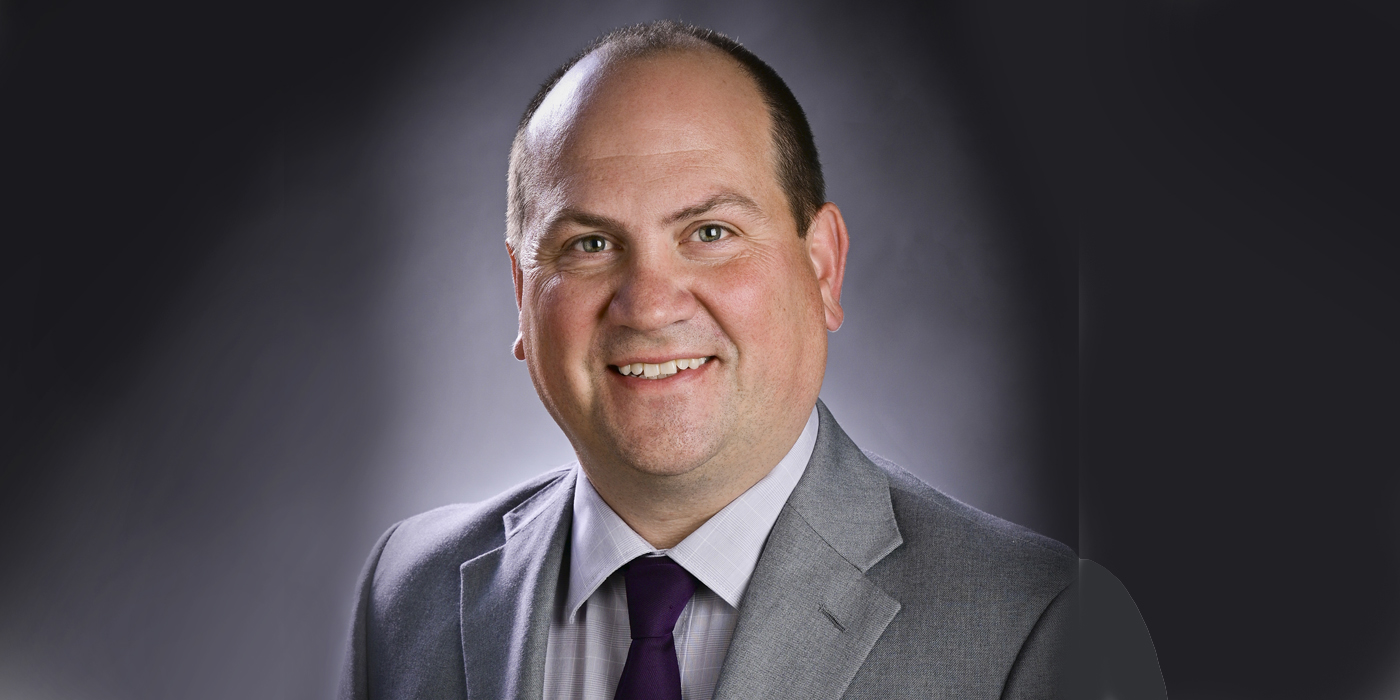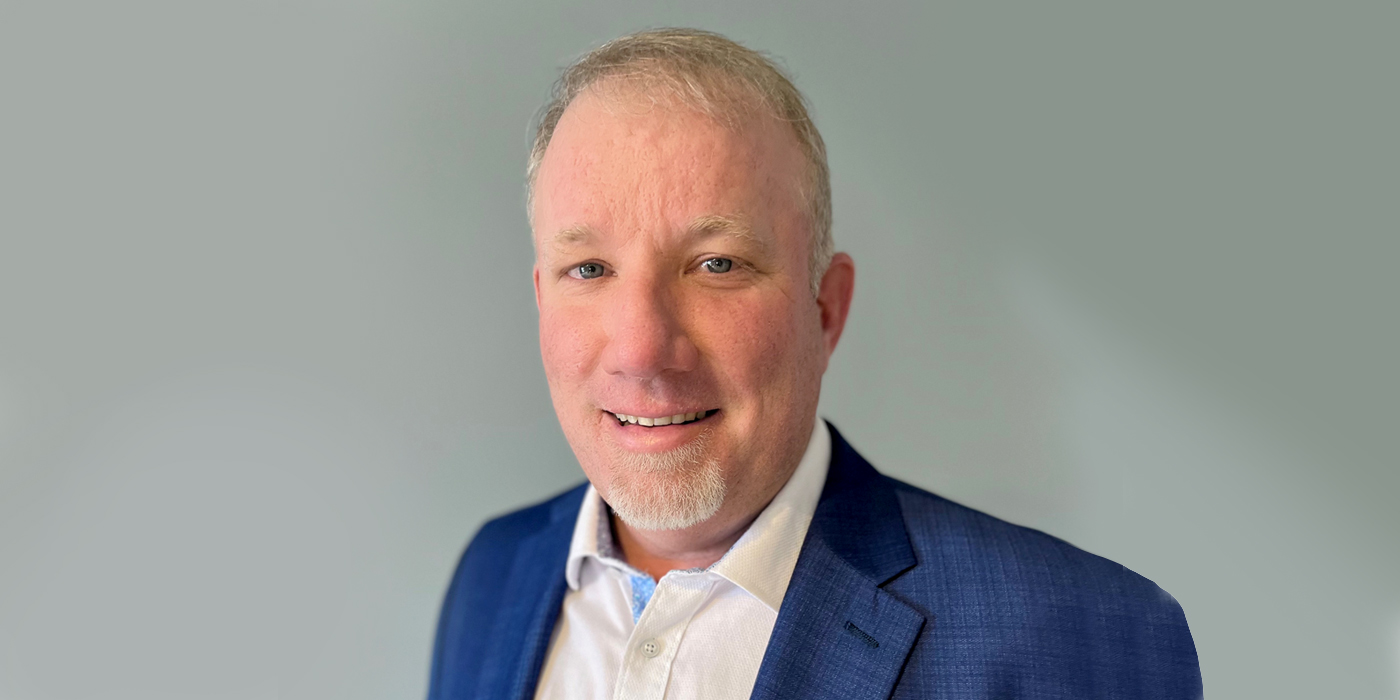Bo Fisher is the third-generation owner, chairman and CEO of Fisher Auto Parts. Since becoming president in 1992, he has surrounded himself with a team of talented people, who have built the company into one of the top automotive chains in the country with approximately 380 locations and more than 3,200 employees in 16 states. In addition to his role at Fisher Auto Parts, Fisher has served as chairman of the board of Federated Auto Parts since the mid-1990s. Under the leadership of a broad group of people and members, Federated Auto Parts continues to thrive as one of the largest program marketing groups in North America. Fisher graduated early from James Madison University in Virginia with summa cum laude honors. He and his wife reside in Virginia with their four children. In this exclusive AMN Executive Interview, Fisher shares his thoughts on the future of distribution as well as the keys to the steady growth of the past several years. 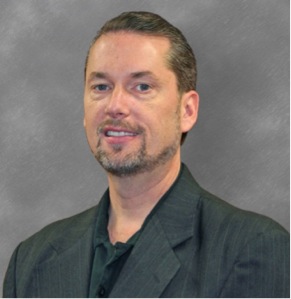
The past two years have witnessed significant changes for Fisher Auto Parts in terms of expansion. Late last year, the company acquired Pat Young Service Co., which included 46 company owned stores, as well as Crystal Lake Pit Stop, and the company recently opened two large new DCs in Pennsylvania and New Hampshire. Last month, Fisher Auto Parts announced the purchase of an additional 340,000-square-foot warehouse facility and, in October, acquired McLaughlin Automotive Stores in Rhode Island. While some businesses are pulling in the reins, how was the company able to grow during such a tough economic period?
There are many other companies in the aftermarket that are much larger or more imposing than we are. Yet, no matter what our lot in life, we are trying to build something on it. Business has been strong and we are fortunate that our family has now been focused on the aftermarket for over 82 years. Thankfully, due to our ancestors’ acumen and hard work, for many years we have been blessed with a reasonably strong balance sheet and a dedicated team of professionals who love the aftermarket. One of our goals is to grow by 20 percent per year through the combination of same store sales, plus new store openings and acquisitions. We have invested in infrastructure and larger facilities to support long-term growth. The second part of the equation is the fact that we have a dedicated team that is looking to grow both personally and professionally.
We are one of the aftermarket companies whose financial strength makes investing in growth opportunities such as acquisitions, new stores, technology and new facilities an important area of focus. Acquisitions are positive in many ways as they provide an influx of talent, ideas and new product categories that help support future growth. We are constantly investing in training, developing new programs and focusing on continuous improvement in everything we do. Our winning combination of great people and quality suppliers allows us to provide world-class service to our customers and presents us with tremendous growth opportunities.
What factors (industry, consumer, economic) give you confidence in the future growth of Fisher Auto Parts?
We believe that the aftermarket is delivering great value and that consumers will recognize this for many years to come. The recent economic recession has refocused motorists on the financial benefits of keeping their vehicles longer and the importance of preventative maintenance. Today’s vehicles are built better and last longer, creating significant growth in out-of-warranty vehicles that help fuel the aftermarket. Independent service providers have done a great job adding the equipment, technology and training needed to offer high quality repairs at affordable prices. Federated’s Car Care program helps provide the marketing support and business-building programs needed to compete. We protect our customers’ reputations with the best brands in the industry from premium suppliers, and we focus on having the right inventory available and providing the very best service. Our goal of “Out the Door in Four” helps ensure that we provide the fastest delivery service possible, helping make Fisher Auto Parts one of the preferred suppliers for customers that recognize the value of their time and productivity in the bays. Our goal is to do whatever is necessary to help our customers be successful. Strong same-store sales increases and financial results help validate our overall approach and give us confidence about the future.
What’s next for Fisher Auto Parts? Do you expect to make more acquisitions in the future?
There is an old adage … sometimes it is better to be lucky than talented. For all of us who are lucky enough to find ourselves working with other talented people in the aftermarket, we shouldn’t take for granted that we are in one of the best business models around. Within the limits of our constraints, we are always looking for geographically contiguous acquisitions, as we cannot meet our 20 percent annual growth goals through organic expansion alone. Everyone who is successful in the aftermarket today has a flexible approach that can accommodate various models. For example, before last year we didn’t service many independent jobbers but added roughly 50 significant independent jobbers due to the Pat Young acquisition, which has been a positive addition to our model. We are fortunate enough to have financial stability along with a deep desire for constant improvement, which gives us a distinct advantage. When speaking with someone looking for an exit strategy, a mutual goal of growing the business must exist and the parties must establish a comfort level with the math, team members and customers. For a number of reasons including confidentiality contracts, regrettably, it is difficult to completely predict what’s next in a public format.
When it comes to the distribution segment as a whole, how do you feel distribution has changed in the past several years?
Darwin’s research, dinosaurs’ extinction and many successful businesses prove that it isn’t the biggest or strongest that survives, it’s the most adaptable. We must always attempt to lower costs and improve efficiencies while enhancing customer service within the system or else we are going to be left behind by evolving competitors bent on our demise. From a purely industry standpoint, the distribution model appears to have become significantly more integrated in the past several years and this isn’t limited to the larger players owning a higher market share. Now, most aftermarket warehouses, stores and the majority of customers are connected electronically and operate more like one entity. We are collaborating with our suppliers as partners to create more seamless transactions and information availability throughout the transaction chain with a focus toward reducing cost and maximizing sales at every step in the channel. We have employed new technologies for inventory visibility, data mining, bar code scanning, enhanced catalog systems, electronic ordering and efficient information processing. Roughly 20 percent of our sales are electronically ordered through our Autoi installer link and this is growing quickly. With the proliferation of parts and the ever-growing amount of data, it is essential to improve the efficiency of managing and delivering both parts and information throughout the transaction chain. Our investment in new, larger and more efficient distribution centers and support systems is a commitment to our customers that we will be able to overcome the challenges of inventory complexity and proliferation while supporting their needs into the future.
What do you think the distribution segment will look like 10 years from now? Will both two-step and three-step distribution still exist?
We are convinced that industry consolidation along with a combination of two-step, three-step and even four-step distribution (such as through a co-man warehouse) is here to stay. Yet, we will respectfully defer to others to help create and define all of the applicable categories associated with the various means of distribution. The reality is that there will likely be a wide array of different models to meet constantly evolving industry needs. One thing that has become clear is that there are many different ways to be successful in today’s aftermarket and they don’t all exist at Fisher Auto Parts … at least not yet. The key is being able to develop, and then deliver, the broadest assortment that yields maximum profitability in the shortest possible time to the customer. Of course, we see this evolving as technological utilization improves.
The complexities of helping professional technicians and service providers meet or exceed their customers’ expectations, while increasing their profitability through a combination of quality parts, service, training, pricing, outside sales and overall value, will continue to be a challenge. Our store and warehouse teams deserve the credit as they are working very hard to help our customers succeed.
One benefit of acquisitions is that they often bring new ideas and methods that can be integrated into the overall business and foster improvement. Every market is different and the acquiring company always learns and grows stronger with each step they take. We strive to remain dedicated to continuous improvement, focusing on customer needs and delivering maximum value. Every successful aftermarket company listens to customers to figure out the optimal mode of distribution that is required within each market and then focuses their assets so they can help customers be successful.
And also in the vein of looking ahead: recruitment and retention are concerns in the parts industry. What do you look for in a top-notch parts professional and what are the keys to keeping them happy?
Perhaps there is nothing more important to any organization’s long-term success than the quality of their team and the retention of successful leadership through a competitive benefits program, incentive-based rewards and robust culture. There are many successful examples of this in the aftermarket, but we feel that our strongest advantage is our people. My father, Art Fisher, focused a great deal of his time getting the right people into the right seats on the bus. Of the top 100 people in the company eight years ago, 98 of the top 100 remain and two have retired, which perhaps says something about our retention programs and the positive teamwork displayed by this incredibly talented group. The obvious opportunity that growth creates is that there are now many more seats on the bus and we’ve filled a number of those vacant seats with team members who are far more capable than we ever dreamed of.
Investing in top-notch human resources over the past 82 years for our family has always been essential to sustain continued growth. The key priority in 1929 remains the key priority today, and yet a business must evolve and change as it grows. We must strive to provide the widest possible array of programs that allows our people to improve their skills and become more efficient and valuable to the company, including strong merit-based rewards and recognition programs. We also encourage involvement and support of the communities we serve. We are very proud of our team and the culture that exists at Fisher Auto Parts, where honesty and hard work still mean something and everyone is dedicated to continuous improvement.

